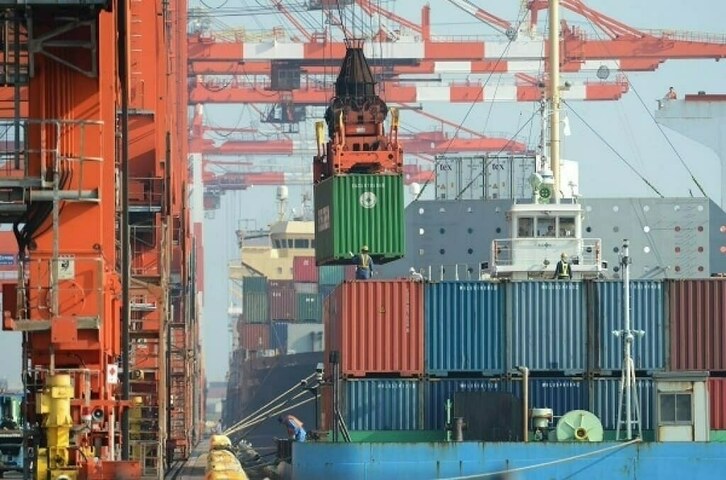EDITORIAL: Pakistan continues to grapple with the impact of relentless food inflation, fuelled by the consistent surge in the export of raw food items, a trend that has now persevered for the eighth consecutive month this fiscal year. According to the Pakistan Bureau of Statistics (PBS), the export of raw food products experienced a year-on-year increase of 16.35 percent to $685.03 million in March, driving food inflation to an alarming 16.6 percent for the month, restricting the ability of an economically disadvantaged population to access several staple items, including rice, wheat flour, onions, meat and vegetables.
The persistent rise in the export of raw food products can be attributed to the considerable depreciation of the rupee, combined with disturbances in global supply chains, along with higher prices in the international market, leading to a significant increase in demand for food items globally. Also notable was neighbouring India’s ban on rice exports that led to Pakistani exporters swiftly moving to fill the resultant gap in the international market, leading to an 85.37 percent increase in rice exports in the July-March period of the current fiscal year.
With the populace being crushed under the weight of unyielding food inflation, the government’s focus needs to turn towards long-term measures and policies that aim at alleviating this strain. Over the years, the continued focus on the export of raw items – including food products – instead of looking towards expanding exports of value-added goods has hurt the economy in multiple ways, resulting in missed economic opportunities, vulnerability to fluctuations in the international market and dependence on imports of value-added products, which exacerbates the already precarious state of our forex reserves. Our inadequate industrial base and a challenging situation with respect to foreign direct investment (FDI) have contributed to this malaise.
While in the immediate term, the government may do well to reconsider the unbridled expansion of food exports, and strike a balance between capitalising on gaps in the international food market and protecting Pakistani consumers from price hikes that result from the rise of such exports, there is also an evident need to work on broadening the country’s industrial base and increase its FDI. These have historically been hampered by the inconsistencies in our policies as well as their poor execution, along with the decades’ long volatile security situation, which has discouraged both domestic and foreign investment in the manufacture and export of value-added products.
While India was able to ban its rice exports last year to shield its population from rising food inflation, it is pertinent to note that it could afford to do so because of its robust industrial base and healthy FDI numbers. This also enabled it to take advantage of the Russia-Ukraine war. With the US imposing sanctions on Russian shipping firms that were responsible for transporting a significant percentage of India’s oil imports, Indian importers immediately switched to alternative transport, buying Russian crude at cheaper rates, yielding considerable savings on the country’s oil imports. With oil prices in India remaining stable as a result, Indian consumers largely remained protected from the kind of inflation that marred other countries, including ours, in the aftermath of the war. Furthermore, with its sturdy industrial base, India was also able to reconfigure energy markets by processing Russian crude and shipping it to Western countries, boosting its exports and trade balance.
It is clear, therefore, that the benefits of a broad industrial base and increased FDI could help reap long-term dividends on multiple fronts, controlling unchecked inflation, and enhancing export performance and forex reserves. Our economic managers, therefore, need to adopt a long-term perspective and refrain from relying solely on short-term solutions, focusing instead on the expansion of our industrial base and attracting FDI.
Copyright Business Recorder, 2024
Read the full story at the Business Recorder - Latest News website.


